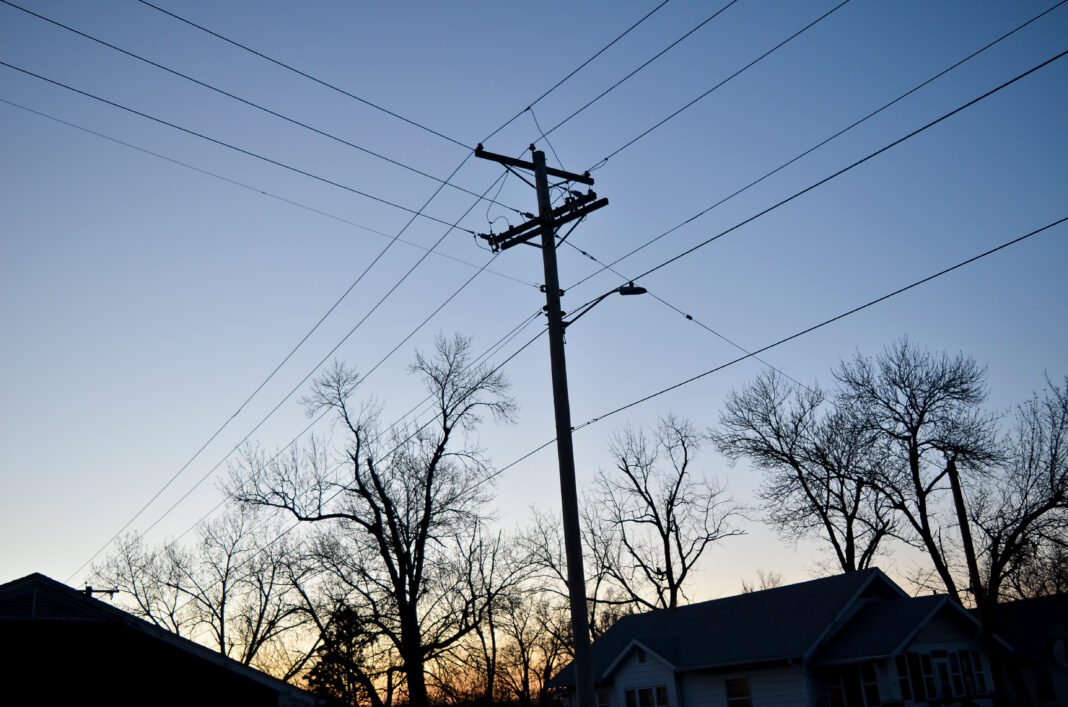New Jersey is a member of the PJM grid, a multi-state grid that coordinates the generation and delivery of electricity from New Jersey to Michigan and from Illinois to North Carolina. By sharing and coordinating electricity, PJM members collectively benefit from increased redundancy in power generation and increased buying power.
Here are some basic facts about the PJM grid, New Jersey energy production and usage, and energy demand from AI and data centers that will play an increasing role in our economy.
How much energy is used in the PJM grid as a whole and in New Jersey specifically?
PJM estimates annual energy use at 800,000 GWh as of Jan 2024 (i.e., a mean of 2,191.8 GWh daily), with estimates predicting an annual load of 1.1 million GWh by 2039.
As of NJ’s 2022 EIA report, the state generated 5,633,000 MWh of electricity, but total consumption is reported as total energy, not just electricity, at 2,014 trillion Btu of 329 trillion Btu generated. Converting Btu to GWh puts annual consumption at 590,425.1 GWh.
How many homes in New Jersey use natural gas as a heating source?
In 2023, the most recent year data is available, there were 3,512,465 households in NJ. An estimated 72% of those homes used gas as a source of heat per the EIA, or approximately 2,564,099 households.
What are PJM’s projections for generation capacity and load growth over the next five years?
PJM has 237 generator projects in the pipeline, with a combined capacity estimated at 12,151 mWh, either in the planning, procurement, or construction phases, with commercial operation milestones, between Jan 2025 and Dec 2030.
PJM expects a load growth of an additional 2% to 3.2% through 2045.
How many megawatts have left the power grid in the last seven years?
In NJ 2,813mWh from fully closed plants have left the grid, but when you add in deactivated generators from currently operating power plants, the number rises to 4,132 mWh.
In the total PJM grid, 32,059.8 mWh of generation have been deactivated from March 2017 – Oct 2024 across 211 plants and generators.
Since 2017, how many power plants have shut down in New Jersey?
Six power generation plants have closed within the state since 2017:
- PSE&G and Hudson & Mercer – coal
- Oyster Creek – nuclear
- BL England / Beesley’s Point – coal
- Starwood Energy Group Global LLC/ACE’s Logan and Chambers Cogeneration – coal
Accounting for individual generation units at currently operating power plants, the total is 35 generators.
There are no longer any coal power plants in New Jersey, but there is still coal in the PJM grid.
What are PJM’s latest capacity market prices?
The July 2024 auction for the 2025-2026 delivery yearput capacity market pricing at $269.92/MW-day. This pricing is up 2.2 billion dollars compared to the last auction.
For details, please see https://pjm.com/-/media/markets-ops/rpm/rpm-auction-info/2025-2026/2025-2026-base-residual-auction-report.ashx
How much energy does an AI data center use?
A single AI data center averages between 10-100 MWh of power per use, but some sources note it is not uncommon for spikes up to 200MWh, and some new locations are being built to allow for future capacity of 1,000 MWh.
ChatGPT alone is estimated to consume 227,000 MWh a year, for 78 billion prompts, averaging 2.9 kWh a piece (in comparison, the average smartphone battery takes15-20W to fully charge).
Sources also note that depending on the nature and complexity of the output, such as image or audio output, the range per query can vary from 0.5 watt-hours to 10 KWh.
Multiple sources compare ChatGPT’s daily usage to between 21,602 and 180,000 residential households, and industry-wide energy usage is expected to see 90 TWh by 2026, attributed largely to energy-intensive AI model training.
Roughly 3,000 data centers currently operate in the US, and this number is expected to reach almost 6,000 by 2030, with generative AI applications accounting for 10-20%of data center electricity usage as of 2024.
Data center energy usage itself is growing at an average rate of 20% annually.




